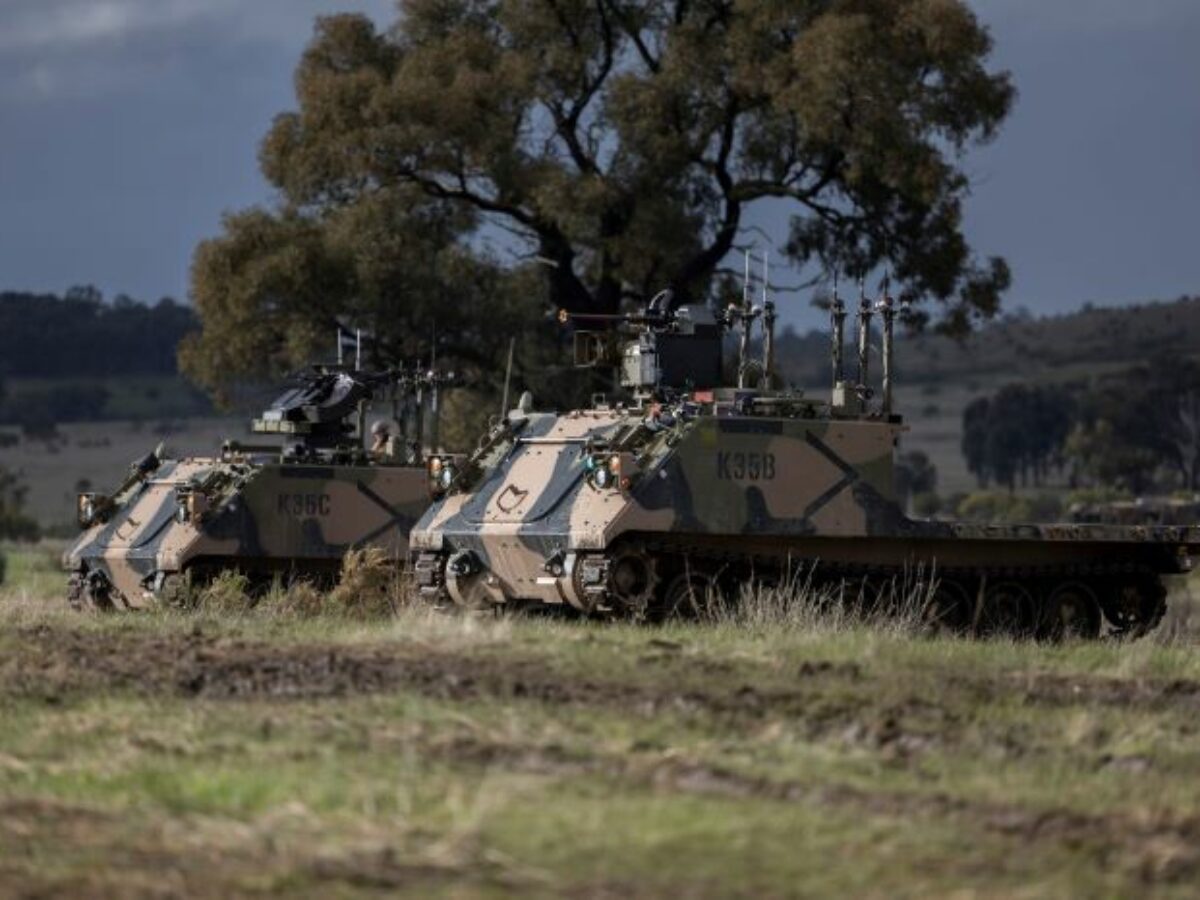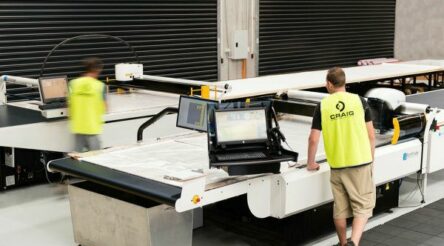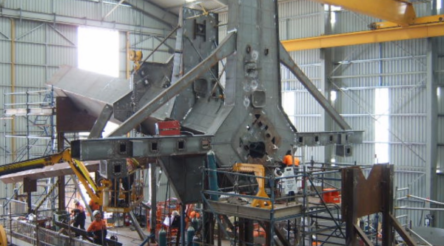Uncrewed autonomous vehicle in weapons fire test

The Australian Army has confirmed that it test fired a weapon system from an autonomous uncrewed armoured vehicle during exercises.
The Australian-first test firing was carried out by the Army’s Robotic and Autonomous Systems Implementation & Coordination Office (RICO) during a human-machine team demonstration at Puckapunyal, Victoria.
During the demonstration, RICO tested a range of emerging technology projects including drones, robots and optionally crewed combat vehicles fitted with remote weapon systems.
Photographs issued by the Army (pictured) appeared to show M113 armoured vehicles fitted with an Electro Optic Systems (EOS) Remote Weapon System (RWS) took part in the trials.
EOS RWS systems are operated remotely from inside the safety of armoured vehicles, so remote operation is a logical step to take.
Twenty M113 armoured vehicles have been converted to autonomous operation by BAE Systems Australia and tested previously by the Army, but never in a weapon firing exercise.
RICO director Colonel Robin Smith said the technology would change the way the Army trains and fights, improve decision-making, generate mass and scalable effects as well as reduce risk to Australian soldiers.
Colonel Smith said the aim of the tests was to converge several RICO projects into a simulated future warfare environment.
“The most powerful way of operating autonomy is as a human-machine team,” he said.
“We wanted to see how humans and intelligent machines can work together.”
During the exercises, with ‘enemy’ communications jammed, optionally crewed combat vehicles (OCCV) – enhanced M113AS4s – moved into a support by fire position, uncrewed, ready to fire on the enemy with its tele-operated weapon system.
Trooper Damen Holmes, of 4/19 Prince of Wales’s light Horse, was one soldier trained on OCCV operation.
“They’re easy to operate, like driving vehicles on an Xbox,” he said.
“A crew can operate these vehicles, but then you can flip a few switches and drive it remotely.”
It was also the first time Army fired a remote weapon system from the remote-controlled vehicle.
Demonstration combat team commander Captain Balazs Bauer said up to three of these vehicles could be remotely operated from a single control vehicle up to five kilometres away.
“These enable us to engage threats from a distance while keeping soldiers away from potential harm as well as generating combat mass for the commander,” Captain Bauer said.
After the drones finished assaulting, the tank troop and mechanised platoon advanced, destroying what remains of the enemy.
Using image recognition and context awareness, they would identify dead, injured and surrendering enemy personnel while supported by tanks.
“Today was very enlightening,” Captain Bauer said.
“We have gained a better understanding of how to use these machines offensively.”
Further reading:
The Army can fire weapons autonomously, but should they?
BAE Systems turns M113 personnel carriers autonomous
Celebrating Australian sovereign capability – the Covid woes and revival of Electro Optic Systems
Picture: Australian Army
@aumanufacturing Sections
Analysis and Commentary Awards Defence Manufacturing News Podcast Technology Videos










